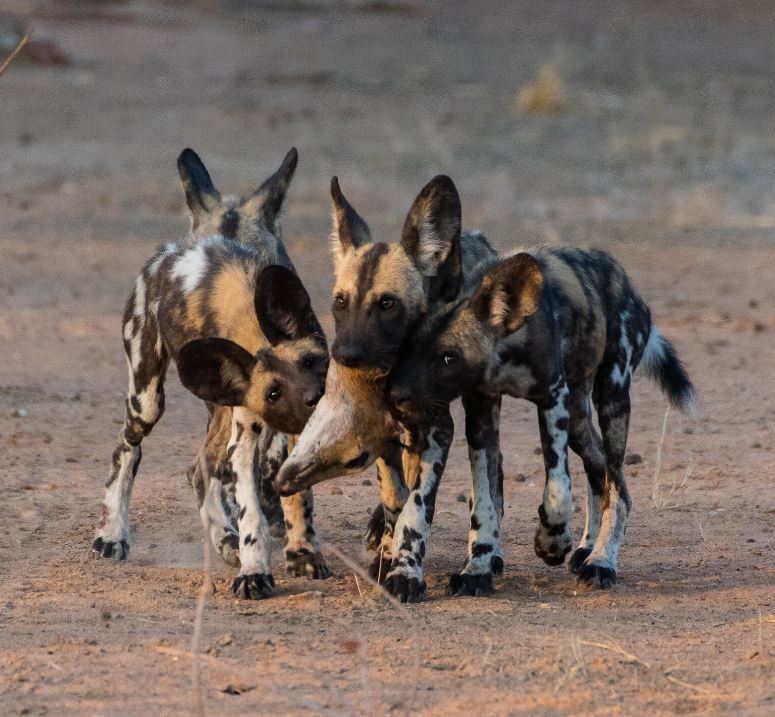The three sisters were aware that they needed to leave their parents’ house. They were African wild dogs, the most formidable hunters in the sub-Saharan area and one of the most critically endangered mammalian species on the whole planet. They were at the height of their vitality, aggressiveness, and buoyant, pencil-limbed disregard to gravity when they were just 3 years old. They ran the risk of dying as they had lived: as submissive, self-sacrificing maiden aunts who did not have any kids of their own. If they did not embrace the opportunity to exchange the security of their birth pack for fresh prospects elsewhere, they may very well die as they had lived.
As a result, in October of the previous year, the sisters embarked on what would become the longest and most perilous journey ever documented for Lycaon pictus, a carnivore that was already well-known for its extensive range of movement. The dogs covered over 1,300 miles over the course of the subsequent nine months, which, according to the researchers who tagged them, is more than double the distance that was previously recorded for the species. After leaving their original home range in the Luangwa Valley in eastern Zambia, they travelled throughout Zambia and parts of Mozambique, skirted the edge of Zimbabwe, and eventually made their way back into central Zambia before settling in Zambezi National Park in Zimbabwe, where there is evidence that they continue to live to this day.
They made their way through forests, grasslands, scrublands, and farmlands, clambered over precipitous escarpments, skittered down mud-slickened gorges, and travelled the renowned East African Rift three times. They had to avoid vehicles on the crowded roads of the hamlet, sneak past lions, people, and many other adversaries and rivals, and traverse boiling rivers that were filled with crocodiles.
They were followed on their travels by Scott Creel, an ecologist at Montana State University, and his colleagues at the Zambian Carnivore Program. Scott Creel had equipped one of the sisters with a GPS collar, so they were able to monitor her movements as she travelled. That dog, who became the story’s primary protagonist and was affectionately referred to throughout as EWD 1355, And despite the fact that the researchers could be sure of just her whereabouts at any one time, wild dogs are so reliant on one another and so opposed to being alone that it is likely that the sisters stayed together during the whole mission. According to the researchers, their next priority will be to establish their very own wolf pack.
Matthew Becker, the chief executive officer and a manager of the carnivore programme, said that it was a miracle that the animals had survived.
An specialist on carnivores named Paola Bouley, who had previously worked with African wild dogs in the Gorongosa National Park in Mozambique, said, “We’ve been watching with enthusiasm, and worry, as well. These dogs changed the course of history.” She went on to say that the length of their Homeric travels “demonstrates how vital it is to maintain the greater environment.”
The following is an annotated version of the “dog log” that the sisters kept throughout their transatlantic journey, which focuses on the lessons that may be applied to the protection of wild dogs and other types of predators all over the globe.
